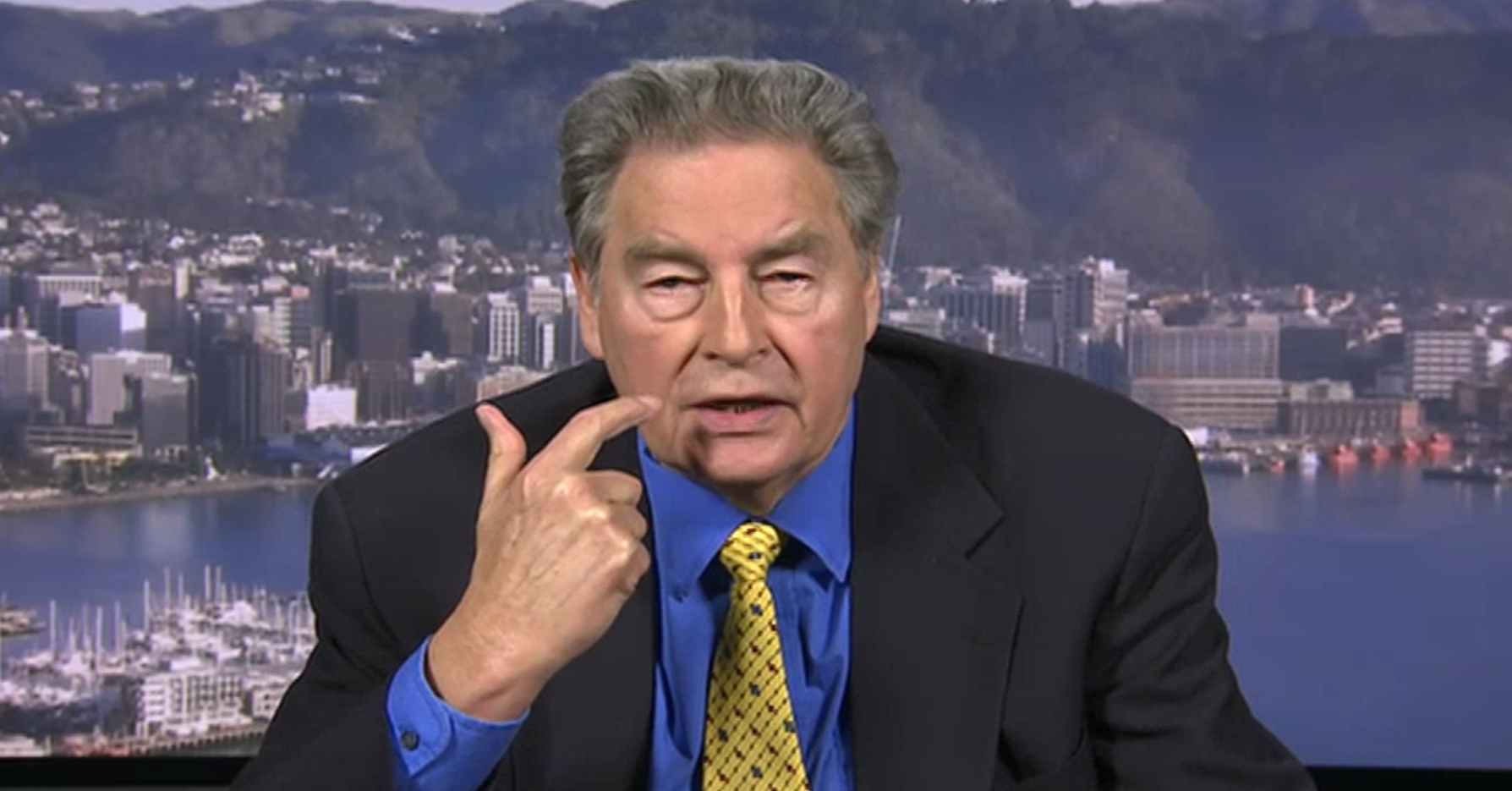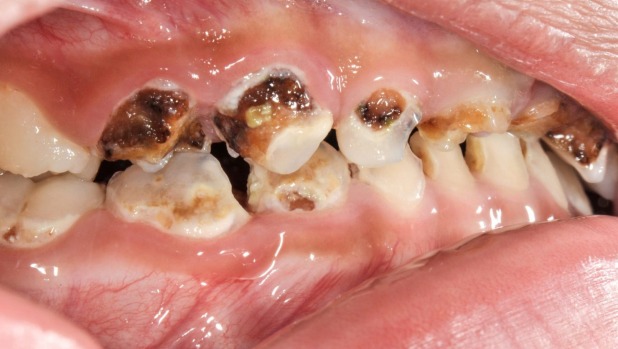Submission
Our group supports the intent of this bill because:
- Community water fluoridation (CWF) is a cost-effective, safe, beneficial social health measure (of greatest benefit to our most deprived);
- Current community consultation processes have been plagued by misrepresentation and distortion of scientific and other factual information by values-based activists;
- Local body staff and elected councillors do not have the necessary scientific and health related expertise for appropriate evidence-based decision-making on CWF.
However, there is a danger that the problems of fluoridation consultation and decision-making by councils could simply be transferred to District Health Boards.
- District Health Boards remain vulnerable to the tactics of anti-fluoridation lobbyists. These groups use a variety of means (Armfield 2007¹) to maintain public anxiety about community water fluoridation. The high likelihood of continuing scare tactics and the election of single-issue DHB candidates means that a legislative protection of evidence based policy-making is recommended.
- District Health Boards should be proactive in their roles as promoters of public health. Fluoridation is a measure vulnerable to ignorance and misunderstanding. An expectation placed upon DHBs to foster public understanding and education on the benefits of this measure would make the ground for misrepresentation less fertile.
We believe the Bill could be amended to prevent this.
Making Sense of Fluoridation, Inc. (MSoF):
I make this submission as President of Making Sense of Fluoride (MSoF), an incorporated society that includes academics, scientists, health professionals and everyday citizens. MSoF’s aim is to counter the misinformation about CWF and actively advocate for this significant public health measure, given the longstanding scientific consensus on its safety and efficacy. MSoF evolved from individuals disturbed by the Hamilton City Council CWF debacle (2012–2014), and also by the disestablishment of the National Fluoridation Information Service at a time when CWF continues to be under attack by pseudo-science lobbyists.
MSoF has an executive of 8 members, and all members are volunteers.
This submission was read and approved by executive members.
We wish to make the following comments on Clause 8 insert 69ZJA
We support the general intent of this clause. Local body councils have been ill-equipped to effectively evaluate fluoridation or to handle public controversy around the issue. Councillors themselves repeatedly say they are not qualified to make these decisions.
District Health Boards (DHBs) have staff better qualified to research and make meaningful recommendations to boards. They also have better access to data on the local situations regarding dental health, the likely effectiveness of fluoridation and the likely cost-effectiveness.
However, individual DHB members may feel no better qualified to make these decisions than councillors, and may also lack specialist knowledge.
As consideration of fluoridation issues by DHBs will inevitably be public and involve a degree of community consultation, DHBs may well end up with exactly the same problems that local councils have faced over fluoridation.
One solution would be: to divide the responsibilities of consideration between the central government and DHBs. Local issues, such as local oral health and fluoridation’s cost-effectiveness (including taking into account the parameters of water service delivery) should ideally be decided locally and the DHBs are the appropriate body for this. However, the scientific issues are best considered centrally, by the MoH or national science bodies, where there is better expertise. Or, when necessary, by scientific consultation at the national level. A national scientific consultation process could be necessary when there are important new scientific findings or a need for updated review of the scientific literature. This would further ensure that a complex, important issue is canvassed in an appropriate national forum rather than subject to the limitations of local community outlets or social media.
Arguments on the scientific aspect have been the most contentious for local bodies and are likely to continue for DHBs. Transfers of the scientific considerations to a national level should radically improve the decision-making process for the DHBs. The DHB consideration of the scientific aspect could then rely on the expert recommendations from central bodies, rather than by board meetings pressured by activist groups.
We believe the requirement to take recommendations from central bodies about the science while retaining the DHB’s responsibility to consult locally on other matters could be handled by the following text change:
In 69ZJA – change the clause (2)(a) to read;
“… scientific evidence and recommendations from the Ministry of Health and/or national scientific bodies on the effectiveness of adding fluoride to drinking water in reducing the prevalence and severity of dental decay; and …”
Conclusion
DHBs are a more logical place for regional decisions of community water fluoridation than local body councils. We, therefore, support the main thrust of this bill.
However, there is still a danger to DHBs considering fluoridation that activist groups will cause costly disruption and confusion as they have for councils.
Most of the confusion arises from misinformation promoted by activists about the science behind fluoridation; its effectiveness and possible health effects. While consensus remains clear, this science is complex and DHB decisions should be based on recommendations from expert national health and scientific bodies.
With the concerning rise of ‘alternative facts’, we strongly suggest a change in wording because of the importance of expert scientific and health sources when fluoridation decisions are made by DHBs.
Daniel Ryan, President, Making Sense of Fluoride, Inc.
¹ Armfield JM. When public action undermines public health: a critical examination of antifluoridationist literature. Australia and New Zealand Health Policy. 2007;4:25. doi:10.1186/1743-8462-4-25.







Leave a Reply